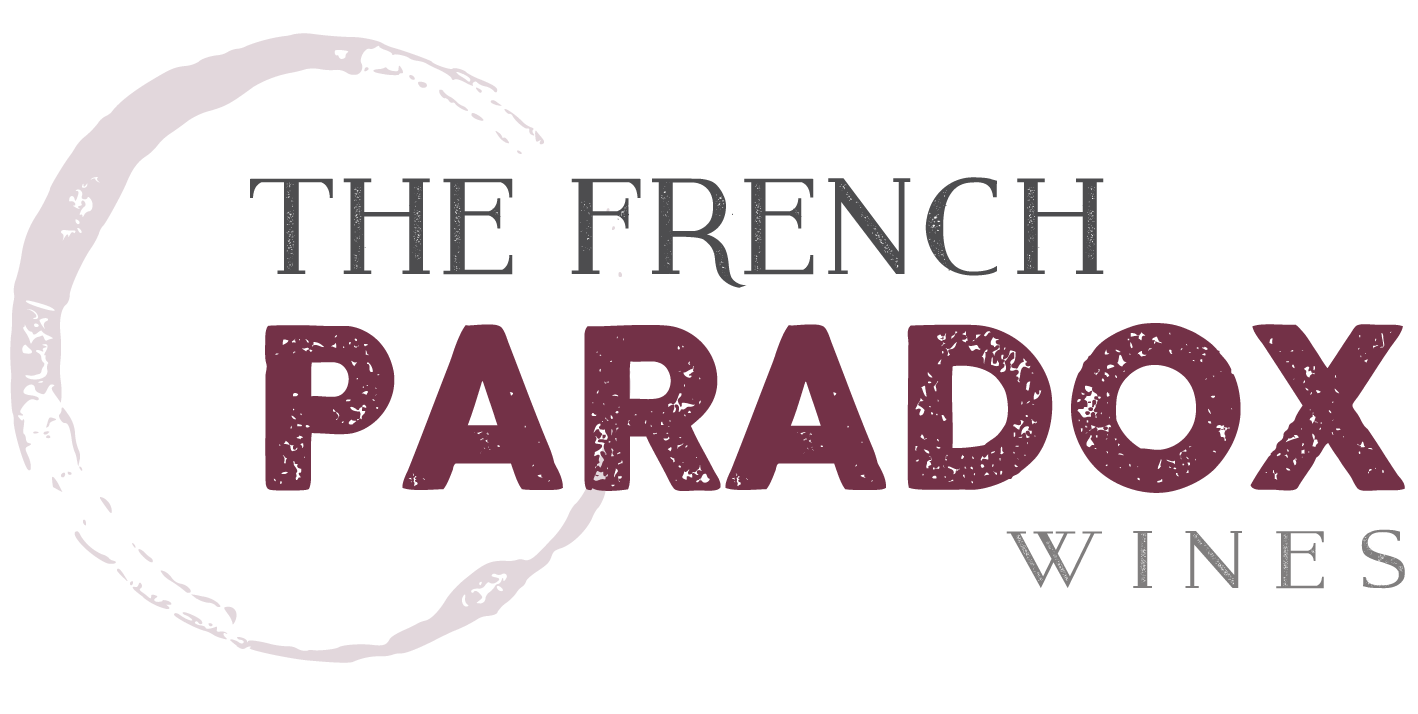To age, or not to age, is often the question. Which wines age well, and/or will you like the wine(s) after they age (and change)? As wine ages, it changes, becoming less…fruity, acidic, tannic, heavy, and/or brightly colored; effectively limiting many of the attributes that may make the wine attractive in the first place. ‘Experts’ and critics (which are seldom the same thing) state their opinions (which are only that) clinically, but leave out context (where, when and who) and your personal preference. So, what’s a wine aficionado to do? Frankly, the only answer is to taste and decide for yourself.
Koehler Ruprecht Riesling Halbtrocken Kabinett 2012
Pfalz, DE
Regular Price $24.99
Sale price $19.99
Ok, folks, let’s go through it again: Riesling is not a sweet grape (or, no sweeter than any other) but it is high in acidity, which is why you may find it used to make a sweet wine (the naturally high acidity balances the sugar left in the wine.) And the high acidity also allows it to age well; the wine ‘softens’ and becomes less tart. Koehler Ruprecht has been making higher acid, less sweet for years and conventional wisdom suggests that aging enhances their wines. The designation ‘halbtrocken’ literally means ‘half-dry’. This wine may change your perspective on Riesling. Or, it should, anyway.
Laurent Barth Gewurztraminer ‘Les Clos des Trois Chemins’ 2013
Bennwihr, FR
Regular Price $26.99
Sale price $20.99
Likewise, Gewurztraminer is not a ‘sweet’ grape, but can but used to make a ‘sweet’ wine, just like any other grape (as evidenced by sweet reds from California…can you say Apothic?). Laurent Barth took over the family’s vineyards in 1999, and has stepped back from a more ‘industrial’ (high volume) practice to a very low yield model, which benefits the wines enormously. This small plot, quite ripe Gewurzt does have some residual sugar which is nicely balanced by high acidity and time in bottle. It’s both exotic and delicious.
.
Famille Alday ‘Cuvee Gaston Phoebus’ Cabidos 2010
Pyrenees-Atlantiques, FR
Regular Price $27.99
Sale price $21.99
The grape here is Petit Manseng, which, if it’s known at all, it’s as a very late picked grape producing a sweet, dessert wine. This wine, on the other hand, is vinified completely ‘dry’ and held back (at the winery) until the acidity and tannins (yes, white grapes have tannins) soften and meld together to produce an unctuous and luxurious that will both surprise and delight.
La Rioja Alta ‘Vina Ardanza’ Reserva Selección Especial 2010
Labastida. SP
Regular Price $46.99
Sale price $36.99
La Rioja Alta is a traditionally minded winery, having been around since 1890. All of their releases are well aged, typically beyond what the limit requirements are in Rioja (aged for a total of three years with at least one year in oak barrels and at least six months in bottles.) Additionally, 2010 is widely portrayed as a sensational vintage, and as a result, the wine has been produced for only the 4th time in the history of the winery (1964, 1973, 2001, and now 2010). So, in short, try this wine.
Antonelli Montefalco Sagrantino 2008
Montefalco, IT
Regular Price $54.99
Sale price $43.99
Sagrantino is the flagship grape of Umbria’s Montefalco region, and produces big, tannic, full bodied wines that often benefit from time in bottle. They are also required to age for at least 36 months (of which no less than 12 months must be in oak) prior to release. The result is a sauve, complex wine that is like a dancing bear; full and bold but surprisingly nimble and versatile,
Château Monbrison Margaux 2012
Margaux, FR
Regular Price $59.99
Sale price $47.99
Those that think Cabernet Sauvignon makes ‘special’ wines, should find those wines from Margaux at or near the apex. Unfortunately (to me, anyway) the excessively ripe style of Cab represented as great in the wine press is nothing like this wine. This, from a cool vintage, is elegant and understated with ample acidity, forward tannins and coy fruit flavors. It’s, frankly, what wines from the Left Bank of Bordeaux have historically been presented. And, perhaps, why they, historically, aged well.
